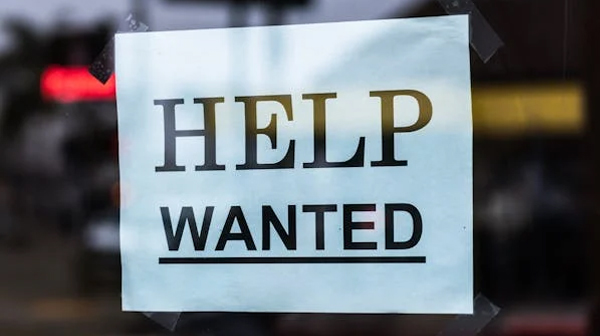 You may have heard that there will be significant changes to the Supplemental Nutrition Assistance Program (SNAP) in 2020, but sometimes the details of those changes are hard to figure out.
You may have heard that there will be significant changes to the Supplemental Nutrition Assistance Program (SNAP) in 2020, but sometimes the details of those changes are hard to figure out.
The good news, if there can be any, is that these changes don’t go into effect until April 1, 2020, so if you’re one of the nearly 700,000 people affected by the changes then you have a little more time to plan for them.
What is SNAP?
The Supplemental Nutrition Assistance Program (SNAP) is designed to help low-income families put food on the table. It was previously known as food stamps.
According to the site Feeding America, more than 9.5 million families with children are on SNAP. Additionally, “…in 2015, SNAP lifted 4.6 million Americans above the poverty line, including 2 million children and 366,000 seniors.”
What are the changes to SNAP in 2020?
There’s one key change that will have a sweeping effect on nearly 700,000 people. Under the current system, benefits are provided for three months to able-bodied adults without dependents. Those benefits can be extended at the state’s discretion if the person is not working a minimum of 20 hours per week or participating in a training program. This extension usually happens where there is high unemployment.
Under the new rules, states will only be able to issue a waiver if the unemployment rate is over 6 percent in the area where the applicant lives. Waiver applications will require specific details and data for approval. In other words, it’s going to be even harder to get those benefits extended past the three-month cap.
Who will be affected by the changes to SNAP in 2020?
This change is designed to impact people who are able to work and have no dependents. The changes are not expected to impact people over the age of 50, disabled, pregnant or people with dependents.
Many of the people who will lose benefits are considered low-wage workers and people who work in the retail or food service industry where hours vary from week to week and are never guaranteed.
SNAP utilities changes will help some, hurt others
There are two other changes to the SNAP program that are being considered.
The first is expected to hurt many households while helping a small number of others. According to the site New Food Economy, “The change is expected to take food stamps from up to 8,000 households and reduce payments for one in five families, though it is also projected to increase payments for 16 percent of families.”
Currently, SNAP recipients receive a little more help if a large portion of their paychecks goes to pay for things like rent and utilities. For some states, it’s hard to keep track of a specific number for each household, so the state creates a flat number for all households. Under the new proposal, a nationwide standard will be used.
Some households will see an increase in benefits because of this change, but others will see a decrease in benefits, and some could lose their benefits altogether.
This is a change that has not gone into effect yet but could go into effect in 2020. The public comment period on this suggested change closed in early December 2019. There’s no word on when the change will go into effect.
SNAP changes affecting green cards delayed
The Trump Administration also tried to enact new rules that would require immigration officials to look at whether an applicant uses SNAP when processing green cards. The rules were set to go into effect in October 2019, but multiple states have filed lawsuits against the changes. At this time, the issue is tied up in court and will not go into effect until the court rules.
You can find the latest details on the issue here.






